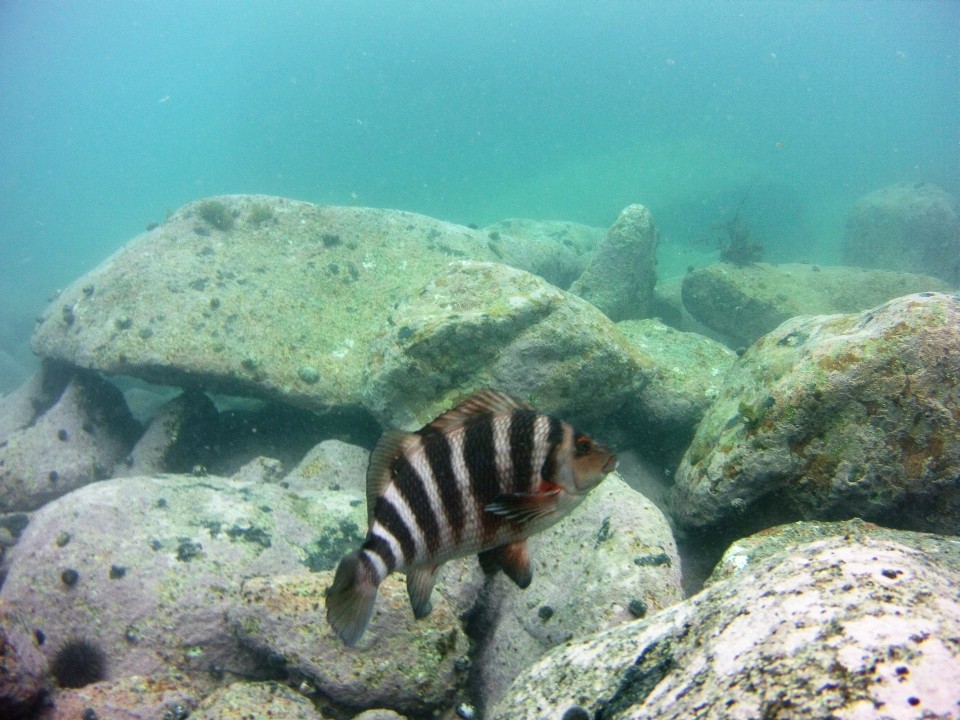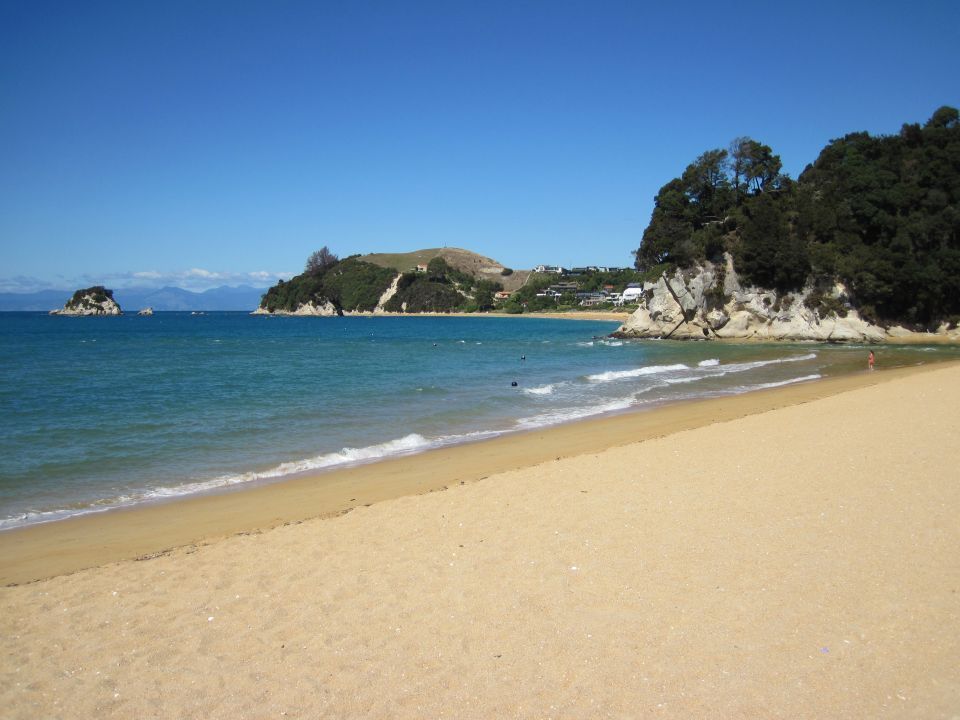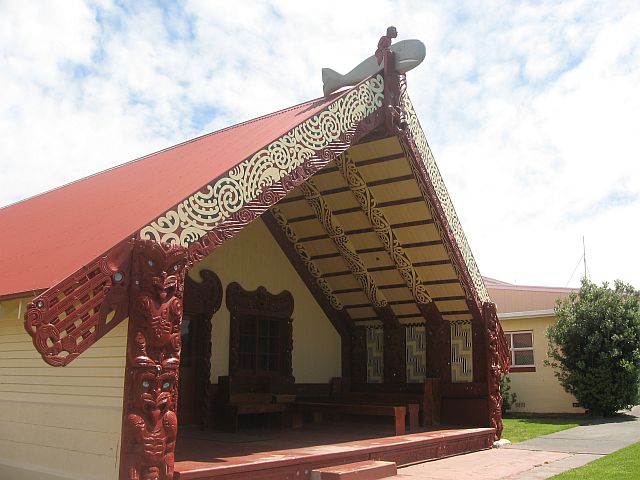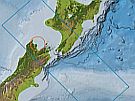Te Ika Nui a Maui
It is said that, on a fishing expedition with his brothers, Mauitikitiki ā Taranga used the magical jawbone of his grandmother as a hook to fish up the North Island. The North Island is known in Māori as Te Ika Nui a Maui – the great fish of Maui. If you look at a map you can make out the shape of a large stingray – with Wellington being the head, Taranaki as one fin, Te Tai Rāwhiti or the east coast as the other fin, and Te Tai Tokerau or Northland as the long tail.
Voyage to Aotearoa
After Maui, Kupe journeyed to Aotearoa. He was also a fisherman who came across Aotearoa while chasing a giant octopus named “Te Wheke o Muturangi”.
More people arrived from the ancestral homelands of Hawaiki in a series of voyages across the Pacific on large waka. Today many iwi of Aotearoa trace their ancestry back to one of these great waka, such as Tainui, Te Arawa, Kurahaupo, and Mātaatua Waka.
Tangaroa
Māori hold great respect for the ocean. Māori often refer to the atua or god, Tangaroa, the spiritual guardian of the sea. Tangaroa’s son Punga is said to be the ancestor of all sharks, lizards and rays. Punga’s son Ikatere is known as the ancestor of all the other fish in the ocean. Before ocean voyages or before fishing Māori often recite karakia (incantations) to ask Tangaroa for a safe and prosperous trip and to give thanks.
Tangaroa’s realm has also been a source of kai for Māori. It is hard to imagine the challenges early Māori faced when they first arrived in New Zealand, and Tangaroa played a vital part in their survival. Māori were highly skilled in fishing and diving for food. Fishing methods included using traps, spears, hooks, lines, lures, and the impressive kaharoa/large nets that could stretch more than 1.6 km in length. Fish were probably the main source of protein for Māori.
Apart from food, Tangaroa also provided many other things that were used in day to day living. Shark and whale oil was used to preserve birds in hue (or gourds), whale bones were used to make weapons, jewellery and other useful items, and pāua shells were used for several things like decorating the elaborately carved whare tipuna (ancestral meeting houses).
The sea as a taonga
It is a belief of many Māori people that the sea and its bounty is a Taonga Tuku iho – a treasure that has been passed down from previous generations. For that reason, it must be looked after to pass to future generations.
Māori believe that by being good kaitiaki (guardians) and adopting certain practices, the ocean will continue to provide for many generations to come.
Tikanga/Protocols
Over hundreds of years of living in Aotearoa, Māori have learnt how to look after their food source. Tikanga have been adapted to ensure food sources were always abundant both in the ocean and on the land. For example, never gutting or disposing of fish near the ocean which would encourage predators like sharks to deplete the fishing beds. Another example is releasing the first catch of the day as a gift back to Tangaroa.
 Rāhui/Ban
Rāhui/Ban
One of the most powerful conservation methods that Māori used, and continue to use, is rāhui. Sometimes when a fishing ground or shellfish bed was showing signs of depletion, a rāhui could be placed over the area so that the fish or shellfish stock could replenish. The people of the tribe would then move on to a different area until marine life returned back to the area.
Sometimes rāhui were (and still are) placed over areas if someone died at sea while fishing. This was done as a mark of respect to the person and to ensure their spirit did not enter the food which would then be eaten by the tribe.









